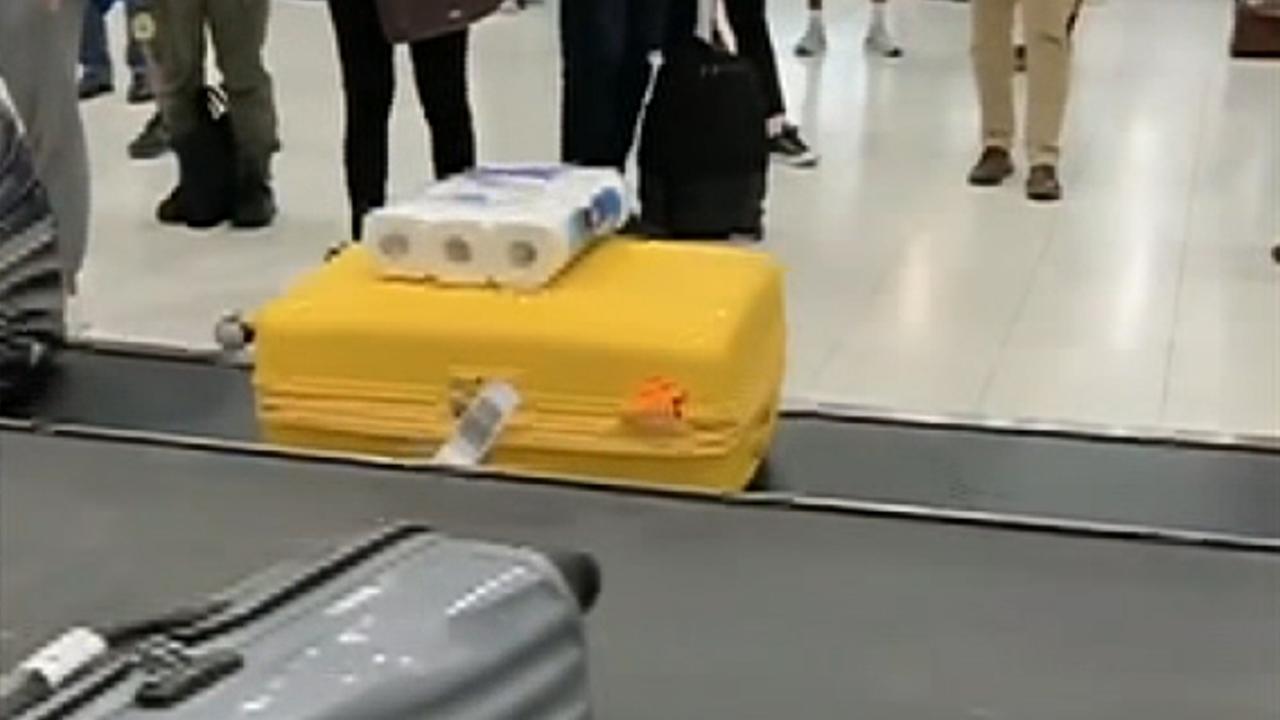Here’s how toilet paper is made
The average American uses more than 100 single rolls each year
Since the outbreak of the coronavirus, which has infected more than 180,000 people worldwide, shoppers in almost every country have been stocking up on toilet paper.
As more areas enact quarantines and more businesses close down, consumers are preparing to be at home for the long haul, clearing the shelves of the key household item.
Shoppers in the United States and Canada have bought toilet paper faster than stores can stock it. Some retailers in the United Kingdom have reported running out altogether. And of the retailers that still have it, many are putting limits on how much patrons can buy.
The top papermakers’ stocks have fluctuated on news of the outbreak. Shares of Charmin maker Procter & Gamble were down nearly 5 percent Monday. Meanwhile, shares of Kimberly Clark, which makes Cottonelle and Scott, were up a half percent.
| Ticker | Security | Last | Change | Change % |
|---|---|---|---|---|
| PG | PROCTER & GAMBLE CO. | 161.29 | -1.26 | -0.78% |
| KMB | KIMBERLY-CLARK CORP. | 135.24 | -1.19 | -0.87% |
Luckily, the toilet paper shortage is expected to be brief. Retailers forecast the sudden demand should subside as manufacturers create availability, according to the The Washington Post.
Here’s what it’s made of:
Toilet paper is typically made from new paper, according to How Products are Made. To make virgin paper, manufactures use a combination of soft- and hardwoods trees. Softwoods tend to have long fibers that wrap around each other, giving the paper strength. Hardwoods, on the other hand, have shorter fiber and contribute to the paper’s softness.
Toilet paper is usually about 70 percent hardwood and 30 percent softwood.
WHY IS TOILET PAPER VANISHING FROM SUPERMARKETS?
Papermakers also use other materials in the process, like water, bleaches and other chemicals for breaking down the trees into usable fiber. Some companies make products from recycled materials, too, like ozone, sodium hydroxide or peroxide to whiten the paper.
CORONAVIRUS SLAMS KROGER, WHOLE FOODS AND OTHER GROCERY CHAINS
Toilet paper can be one- or two-ply, which means it either has one sheet or two back-to-back sheets to make it absorbent. Colors and embossing are often added as well.
CLICK HERE TO GET FOX BUSINESS ON THE GO
The average American uses over 100 single rolls each year, according to the research. That’s roughly 21,000 sheets. Revenue in the segment is already at more than $13 million in the United States for 2020, according to data from Statista. The market is expected to have a compound annual growth rate of about 2.2 percent between 2020 and 2023.

